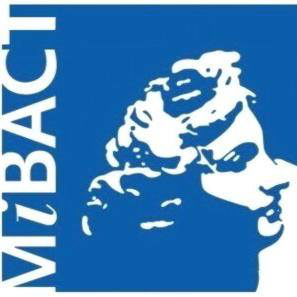Summary (English)
The excavations at Grotta di Fumane concentrated on two sectors. The first, inside the actual cavity, explored the Aurignacian sequence over an area of 1 m2, removing the sections exposed in 2006. The second sector investigated the Mousterian micro-sequence in unit A10 over an area of 0.5 m2. These occupation levels provided the chance to experiment a new analytical technique for identifying organic residue alongside the functional analysis of artefacts made from lithics and hard animal material. The surfaces of tools represented by simple flakes or more elaborate examples that were re-touched or transformed in some other way, may still present residue of the organic tissue which they came into contact with during their use. When identified in indisputable association with the functional parts of tools, blood, collagene, fat, but also feathers and other materials from the processing of animal carcasses, together with various plant materials such as fibres, spores etc. constitute a potential source of information about the economy and subsistence strategies of the hominids, in this case Neanderthal and first Anatomically Modern Men.
Already used in Europe with interesting results, the search for organic molecules has been used at Fumane thanks to collaboration with the TRACEOLAB Laboratory at Liege University. For Fumane, the project requires a first test for the presence of organic residues in the sediments and a large sample of lithic artefacts collected following a rigid protocol in order to avoid any form of contamination.
During the excavations, numerous hearths were exposed in the Mousterian levels, attesting the intense activity of cooking or smoking food by the Neanderthals at the cave entrance. Each hearth was sectioned, recorded, and sampled in order to collect the maximum amount of data about the type of wood (larch and pine) used, the possible use of herbs and animal fats, the temperature of the fire and possible reuse during the seasonal occupations of the cave. Flint flakes, used like knives, points and numerous bones from herbivores such as deer and megaloceros (large deer extinct in the Pleistocene), roe deer, and ibex were found around the hearths.
- Marco Peresani - Università degli Studi di Ferrara
Director
Team
- Matteo Romandini
Research Body
- Università di Bologna
- Università di Bordeaux
- Università di Bordeaux I
- Università di Ferrara
- Università di Roma La Sapienza
- department of Human Evolution - Max Planck Institute
Funding Body
- Comune di Fumane
- Comunità Montana della Lessinia
- Consorzio Imbrifero Montano Adige
- Parco Naturale Regionale della Lessinia
Images
- No files have been added yet




